Houston’s Office Fundamentals Stay Strong
The metro remains one of the top U.S. markets for development and sales, according to Yardi Research Data.
Houston’s office sector held steady during the first seven months of the year, according to Yardi Research Data. The metro showed strong fundamentals in terms of development and investment activity despite lagging most of its peers when it came to the average sale price per square foot.
Meanwhile, the market saw the largest year-over-year vacancy rate decline in the U.S. as of July, dropping 270 basis points to 20.8 percent. However, the metro’s rate still remained above the national figure.
On the plus side, Texas lawmakers recently passed Senate Bill 840, a measure designed to facilitate housing construction by easing restrictions on converting underutilized commercial properties into residential apartments. This will both help the housing market and reshape the metro’s office sector.
Houston’s pipeline ranks high nationally
Houston’s office development pipeline as of July reached 1.6 million square feet, representing 0.7 percent of total stock and ranking in the top 10 nationally. This figure was slightly above the 0.6 percent U.S. threshold. Among peers, Houston surpassed Philadelphia (1.2 million square feet), but lagged the other southwestern markets—Austin (2.6 million square feet) and Dallas (2.6 million square feet).
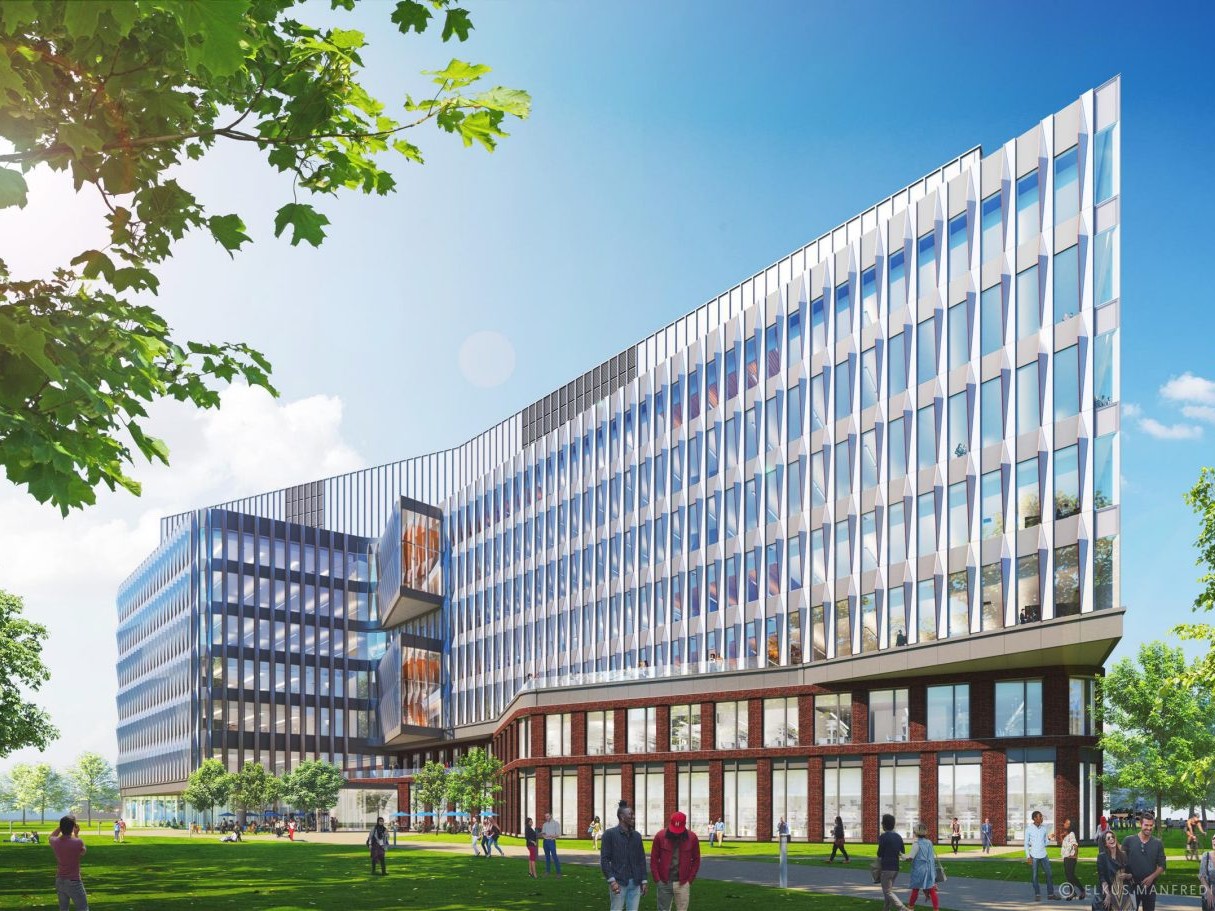
When adding planned and prospective projects, Houston’s pipeline clocked in at 2.1 percent, on par with the U.S. average. Austin (6.1 percent) had the largest share nationally, while peer metros Philadelphia (2 percent) and Phoenix (1 percent) stayed behind.
Meanwhile, construction starts amounted to 651,394 square feet across 15 properties, Yardi Research Data shows. Houston ranked third among its peers after Austin and Dallas, each with 1 million square feet of new development.
One of the projects currently underway in the metro is MD Anderson Cancer Center’s South Campus Research Building 5. The seven-story facility spanning about 600,000 square feet broke ground in 2023 and is set to come online in 2027.
Completions drop sharply year-over-year
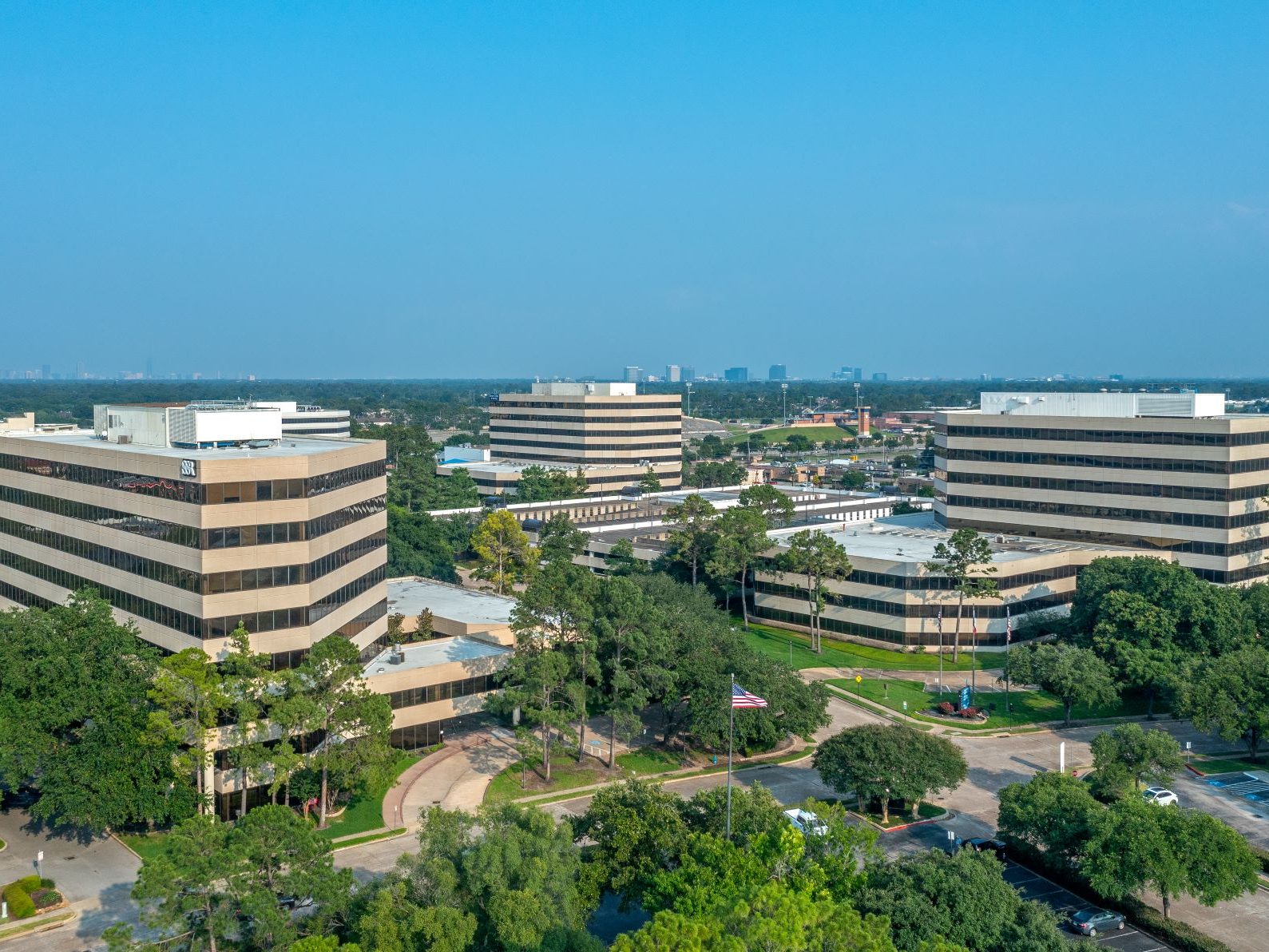
In the first seven months of this year, Houston’s office completions totaled just 619,020 square feet across seven properties. This figure is less than half the one registered during the same interval of last year.
Among peer metros, Austin (399,578 square feet) and Atlanta (373,340 square feet) had less space delivered, while Dallas (1.2 million square feet) and Charlotte (1 million square feet) performed better.
One of the larger facilities to come online year-to-date through July was Welltower’s 256,452-square-foot at 8503 N. Sam Houston Parkway E. in Humble, Texas. The medical office building rises five stories.
Office prices well behind national threshold
Houston’s office investment volume year-to-date as of July amounted to $774 million. Assets in the metro traded for just $96 per square foot on average, almost half the national threshold of $182 per square foot.
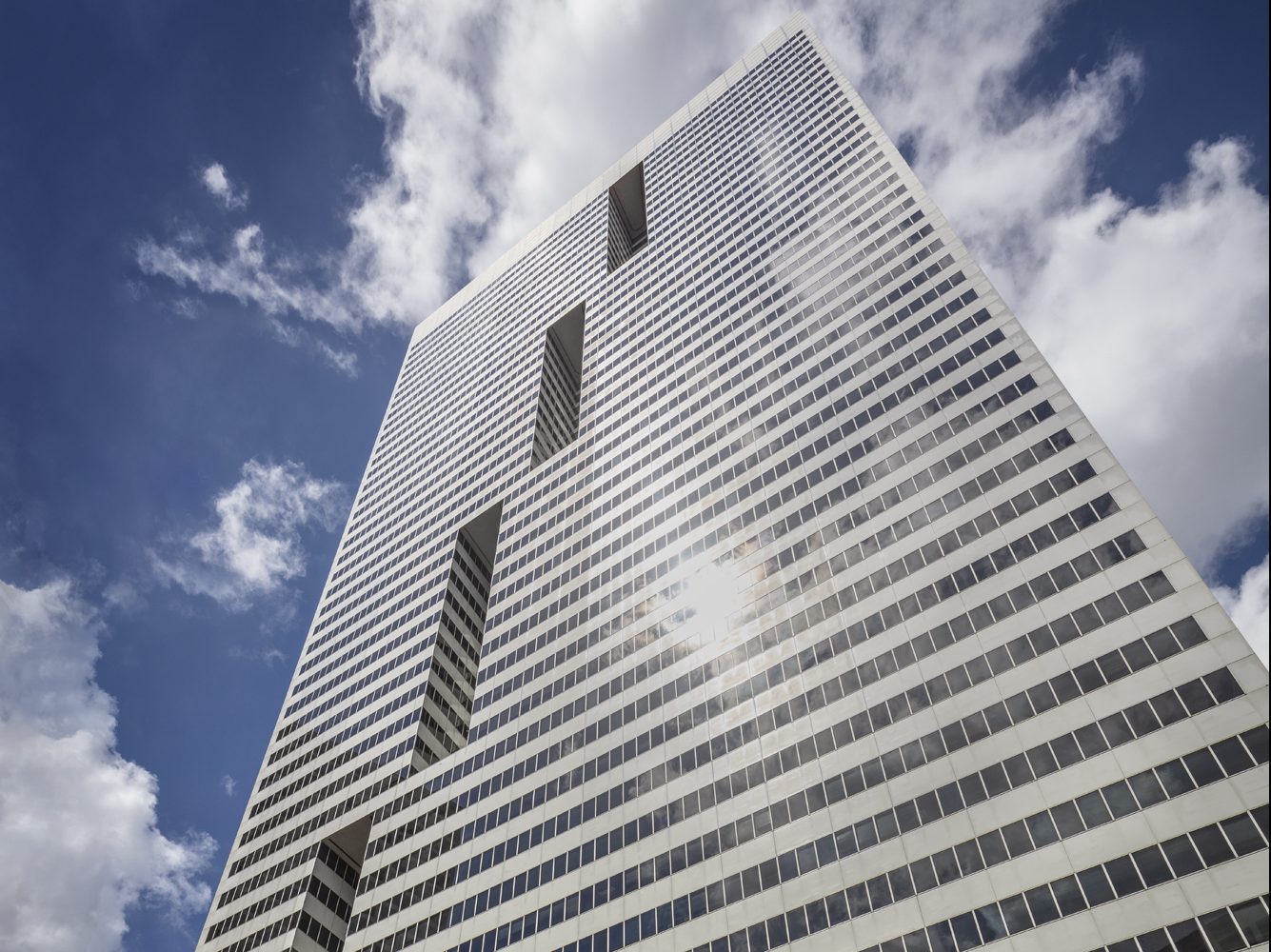
Among peer markets, Dallas ($1.2 billion) and Atlanta ($832 million) registered higher sale volumes, while Phoenix ($487 million) and Austin ($343 million) were at the opposite end of the spectrum.
In one of the largest deals of the seven-month period, a joint venture between Meneses Holdings and Dominus Commercial acquired Brookhollow Central, a three-building office campus totaling about 806,000 square feet in Houston’s North Loop. Hertz Investment Group sold the asset for $58.4 million.
Another notable transaction involved a three-property office campus within the Energy Corridor. The 570,045-square-foot complex comprises eight-story buildings completed in the 1980s. A consortium led by a Houston-area family office purchased the asset that had been sent to special servicing after its owner, Accesso Partners, failed to pay off the balance of a $60.9 million loan.
Largest office vacancy rate decline in the U.S.
Houston’s office vacancy rate as of July was 20.8 percent, above the 19.4 percent national figure, but 270 basis points lower year-over-year. This was the largest decline in available space among top markets. Houston’s office visits in the same month were 25.6 percent down when compared to 2019, behind the average 21.8 percent drop across the U.S.
Peer metros such as Charlotte (17.7 percent) and Atlanta (19.9 percent) had lower vacancy rates, while Dallas (22.9 percent) and Austin (27.2 percent) fared worse.
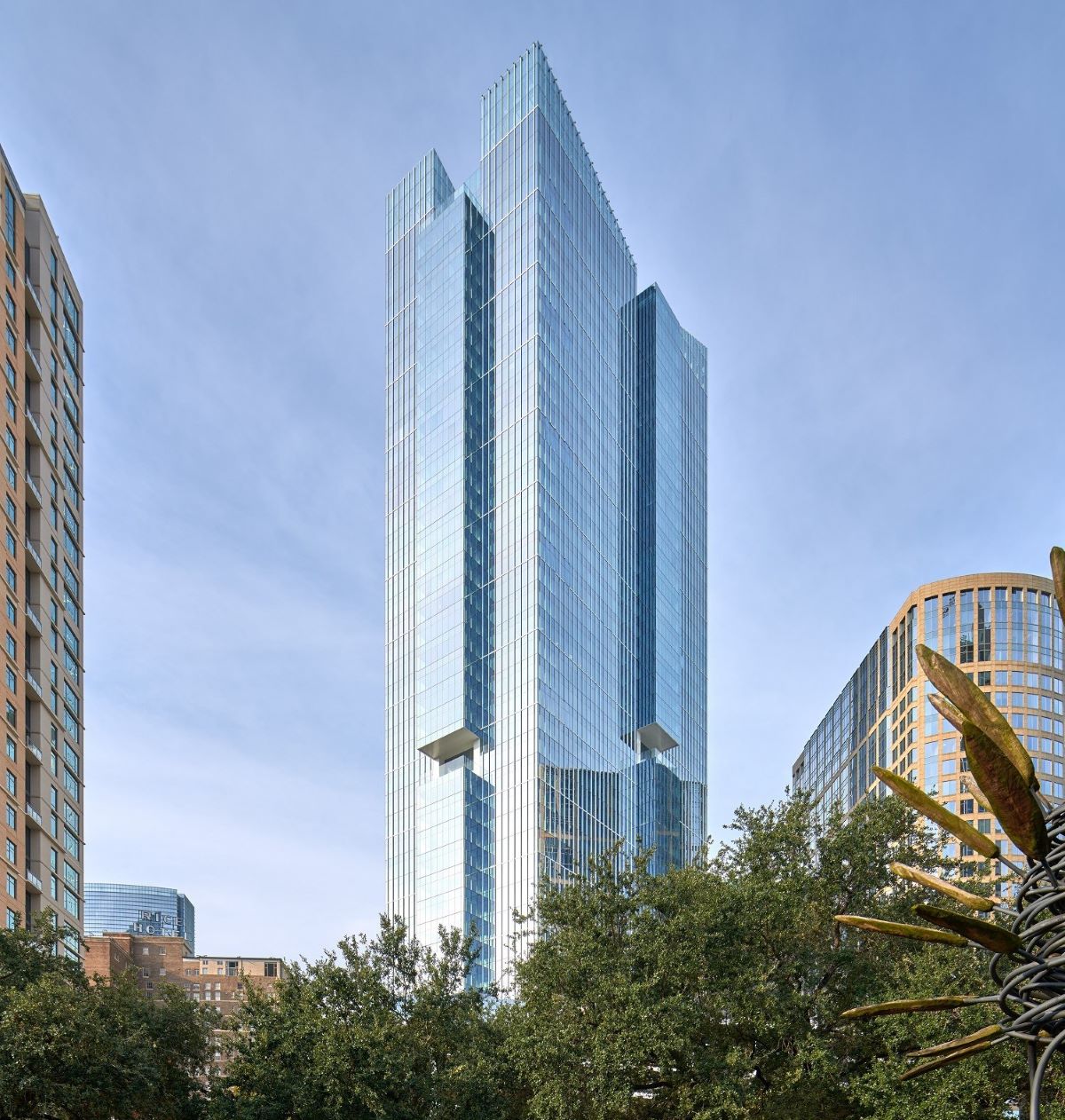
Earlier this year, JMB Realty renewed a 55,082-square-foot lease at 1001 Fannin in downtown Houston. Oil and gas company Black Stone Minerals had been at the property for more than 30 years and continues to use the location as its headquarters.
The metro witnessed new leases as well in the first seven months of this year. Law firm Skadden, Arps, Slate, Meagher & Flom signed a long-term commitment for 52,000 square feet at Texas Tower, the 1 million-square-foot high-rise owned by Hines and Ivanhoé Cambridge. The building came online in 2021.
Houston’s average listing rate in July was $27.6, dropping 7.6 percent year-over-year. The figure was below the $32.7 U.S. average and the values recorded in peer metros such as Austin ($45.6), Charlotte ($35.7) and Dallas ($31.9).
Coworking footprint holds steady
Houston’s coworking inventory as of July totaled 4.5 million square feet across 227 locations. The amount accounts for 1.8 percent of the metro’s total office stock, below the national 2.0 percent.
Atlanta (4.8 million square feet) and Dallas-Fort Worth (5.2 million square feet) had a larger shared-space footprint among Houston’s peers, while Austin (1.8 million square feet) and Charlotte (1.5 million square feet) trailed behind.
Regus remained the provider with the most coworking space in the metro, with 616,718 square feet across 37 locations. The Cannon (444,341 square feet) and Workstyle Flexible Offices (404,531 square feet) rounded out the top three, followed by Spaces with 285,251 square feet.





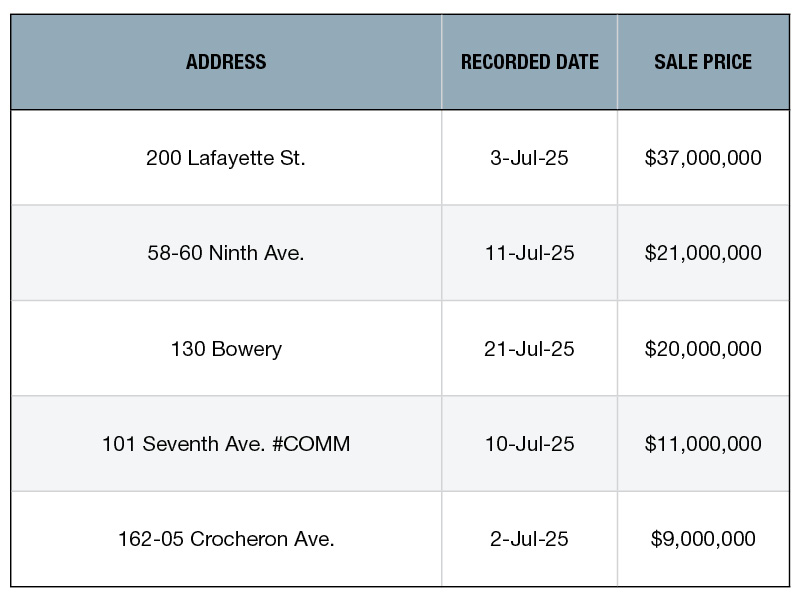
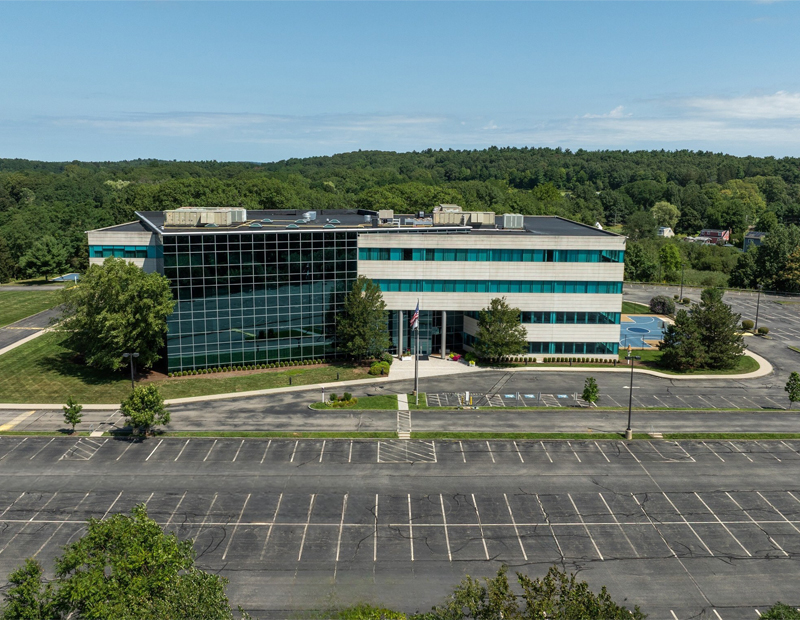
You must be logged in to post a comment.